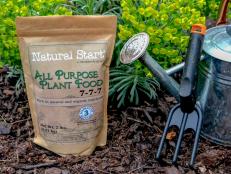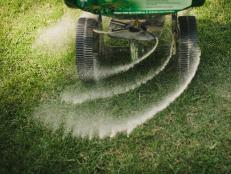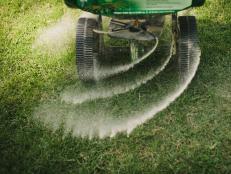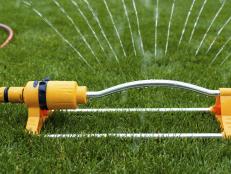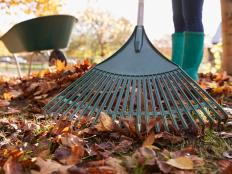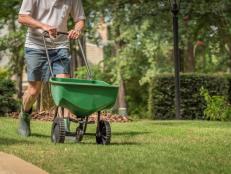Reading Pesticide Labels

When you buy a lawn and garden chemical, whether organic or synthetic, do you take the time to read the label? The label is law, which means that you assume the responsibility for using the chemical in the proper manner, based on the recommendations on the label.
The first thing you want to look for on a label is the signal word, and there are three of them: "caution," "warning" and "danger." These words refer to the acute toxicity of the chemical in question.
Chemicals labeled "caution" are the least toxic of the lot, although they may still pose a hazard. Those labeled "warning" are more toxic still, and those labeled "danger" are considered the most toxic of all.
The use of chemicals bearing the "danger" label are usually restricted to use by professionals who have passed a rigorous test and received an applicator's license.
Don't assume that so-called organic or all-natural products are necessarily safer to use. They are still chemicals, regardless of what others might suggest, and many of them can be just as hazardous as certain synthetic chemicals.
Beyond the toxicity issue, you also need to pay close attention to such things as proper dilution rates, application rates, protective clothing required and so on. Never assume that if the suggested dilution rate is two tablespoons per gallon, then four tablespoons must be twice as good. It doesn't work that way, and that approach can be deadly — to your plants and to you as well.
Also, never mix chemicals. Combining two pesticides, or an insecticide and an herbicide, for example, may make sense to you, but the two chemicals may react in unpredictable and potentially dangerous ways. Of course, one of the easiest ways to avoid the dangers of chemicals is to stop using them altogether.






